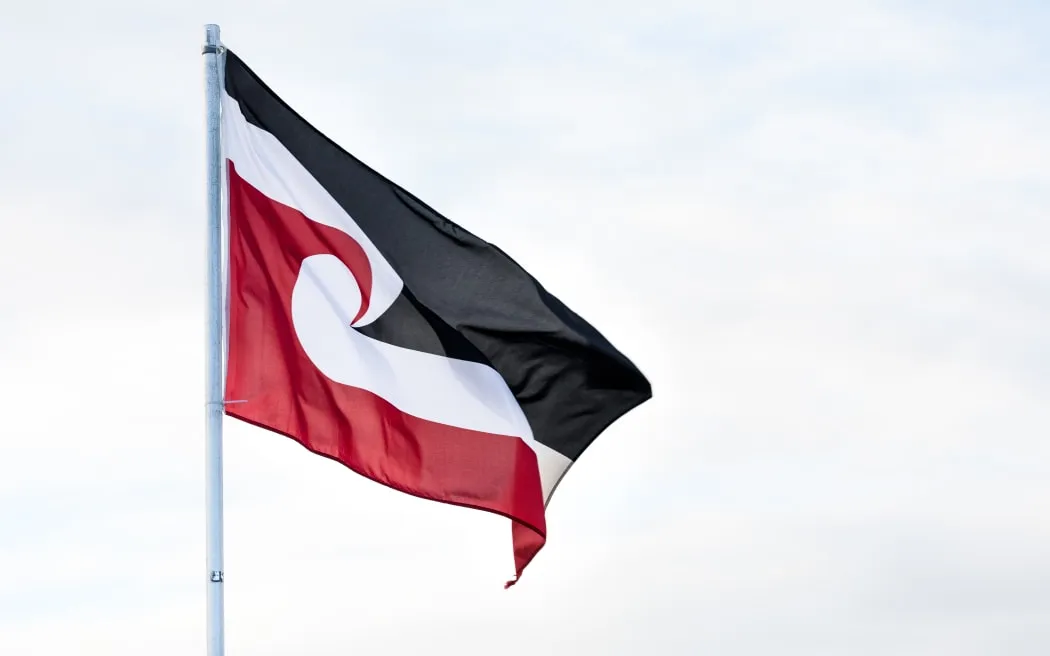The Māori Flag: A Symbol of Liberation and Identity
In 1990, the Māori flag was unveiled on Waitangi Day, marking the 150th commemoration of the signing of Te Tiriti o Waitangi. The flag, designed by Linda Munn, is a symbol of liberation and identity for the Māori people. However, its creation and meaning are complex and multifaceted.
The Flag’s Creation
The creation of the Māori flag began in 1989, when members of Te Kawariki, a political group, launched a flag competition. Hiraina Marsden, Jan Dobson, and Linda Munn were among the winners who designed what is now known as the “Tino Rangatiratanga” flag. Munn owns the copyright to the design.
According to Munn, the media often focuses on her and Jan Dobson’s involvement in the creation of the flag, but she emphasizes that many people behind the project are no longer with us. In an interview with Te Ahi Kaa in 2017, Munn said, “Even if you’re not Māori we should all have a choice on how we live our life… But for us, Tino is foremost about moving Māori forward. That symbol is ours. It doesn’t have a colonized design. It’s not just for hīkoi.”
The Flag’s Design
The flag features a koru, which represents the unfolding of new life, renewal, and the promise of hope for the future. The koru can also be interpreted as a depiction of white cloud masses over Aotearoa.
The flag also includes black, white, red, and green, which represent different aspects of Māori culture. Black represents Te Korekore, the realm of potential being, symbolizing the long darkness from which the world emerged, representing the heavens and the male element-formless, floating, and passive.
White represents Te Ao Mārama, the realm of being and light, the physical world, symbolizing purity, harmony, enlightenment, balance, and the rising air. Red represents Te Whei Ao, the realm of coming into being, symbolizing the female element: active, flashing, and emergent. It is associated with south, forests, land, gestation, and spirals.
Red also represents Papatūānuku, the Earth Mother, the sustainer of all living things. Red is also the color of earth, from which the first human was created.
The Balance of Natural Forces
According to Munn, the design represents the balance of natural forces with each other. To live is to live with nature. To appreciate life is to understand nature.
Conclusion
The Māori flag is a symbol of liberation and identity for the Māori people. Its creation and meaning are complex and multifaceted. The flag’s design reflects the cultural values and principles of the Māori people, emphasizing the importance of living in harmony with nature.

0 Comments